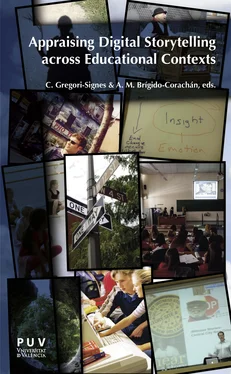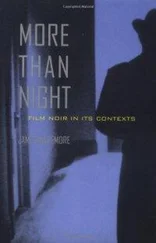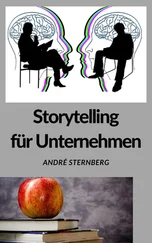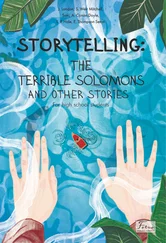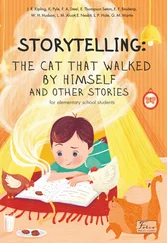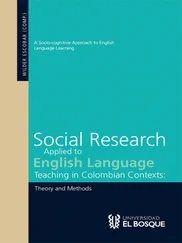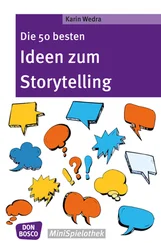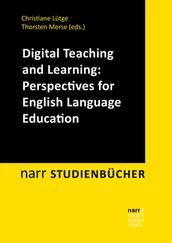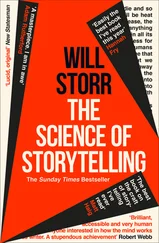What we and others recognized was a dramatic drop in both complexity, and the need for a specific kind of technical rigor, for the creation of video. Analog video could be done by anyone, as could the splicing of 16mm or 8 mm film before it, as long as one had access to the equipment, and a mindset of technical procedural endurance. Analog video was hard to do, and mistakes were time consuming. The promise of digital is that it made video editing a drag and drop event, teachable to extreme novices, and if you made a mistake, it was relatively simple to correct. It was clear to those of us who first experimented with these tools you could “play” at editing, and with photographic manipulation, and gain great fluency, rather than entrain yourself in painstaking technical procedures first, and then gain fluency and a sense of play.
And while many thousands of digital media training centers were set up to approach digital video as a highly technical field, more or less the same as the analog world that the toolset was designed from; the Center for Digital Storytelling was somewhat unique in suggesting that these very state-of-the-arts tools were about greatly expanding the literacy of people as media creators. Digital video meant everyone could become a television producer. And as we said in that period, we want to use the tools of digital video, of television, to kill television, to turn us from passive consumers, to active creators and makers of our own media.
Our work caught attention by local, regional and national media as a new form of community arts practice. It was seen as artist-driven, and artist conceived, but not necessarily replicable. The unique skills of Dana Atchley, the multimedia artist whose show, Next Exit, informed the ideas of the family photo, or photo archive-focused aesthetics of the initial digital storytelling workshops, and my particular skills as a community-based educator/ artist suggested that success in an intensive Digital Storytelling workshop effort, required many pre-existing skills. This was undoubtedly true. But our attitude, which was that the promise of digital media production was increasing ease, decreasing cost, and endless fun, intrigued many people, and we found ourselves asked to train others in our process. Of course we had no formal process at the time. People heard about our helping people make a particular kind of Home Movie story, and people mimicked our approach in a few centers around the US, but the work was mainly distributed by Dana and I getting a few workshop teaching assignments around the US and Canada. The early distribution was narrow and limited to less than a dozen contexts in the first three years. But that would change quickly.
2.2. THE LITERACY PHASE (1997-2001)
Of course the cost of the tools set meant it was still an elite few that would get a chance to explore digital video, and this form of Digital Storytelling. But it was evident to us there was a market for our methods, and we spent the first two years of our work, articulating those methods. In 1996, with the writing of the Digital Storytelling Cookbook, we had a curriculum that could be mimicked by creative educators working with the countless number of new media labs. Because we emphasized story concept work leading a simplified approach to technical training, the approach drew the interest of the more humanist side of educational technology trainers and educators.
In 1997 we met a group of educators connected with the College Writing Program at UC Berkeley. The program was directed by Professor Glynda Hull. Her interests were how this approach to writing for short digital videos might provide a new vehicle for writing literacy, in general, and for having writing lead a multi-modal approach to communication. By 1998, we were invited to move our center in San Francisco, to UC Berkeley at the School of Education where Dr. Hull was based. This move, along with our efforts in creating an ongoing community-based model, the Digital Clubhouse Network, forced us to define our work in greater detail, and begin a much more active process of entrainment of people to replicate our processes in educational and community contexts. The Cookbook became a teaching text, and we developed the first Train-the-Trainer materials to assist educators in developing their own curriculum.
From UC Berkeley, the work of CDS found support in innumerable educational contexts, Digital Storytelling becoming for many educators, a core technical and creative literacy. In our own arguments, we positioned Digital Stories as a form as the half way point between Powerpoint lecture slides, and full production video projects. As the demand for strategies for using computer technologies in the classroom exploded in the late nineties, the adoption of our methods, aided by the free distribution of our Cookbook and frequent appearances at Educational Technology conferences.
But for the most part, the idea of our first person story approach was lost in translation. Digital Stories, and Digital Storytelling, facing the challenge of scholastic demands and a general resistance to the idea of first person storytelling as appropriate for classroom contexts, meant that in many K-12 contexts, digital stories became illustrated essays, essentially taking the style of impersonal analytical exposition with pictures. In the end, this adaptation became useful for much broader distribution, and we can say at the US level, by the end of 2001, it would be difficult to find a university or school district ICT professional in the US, that had not at least heard of Digital Storytelling, and many had already experimented with the form as an active part of new ICT standards for their students.
At the same time as the general growth in education, we were also able to sustain close ties with the hardware, software and internet industries that were reaching their peak boom period in the late nineties. Many of these companies had found Digital Storytelling as a wonderful approach to encourage academic institutions to buy their products. Through partnerships with Hewlett Packard, Apple, and various internet-based design and publishing companies, our work was given a more global platform, and significant press. This also increased interest and distribution for the concepts of our work, and training opportunities inside and outside the United States.
The model of training people in a method, and distributing the resources and intellectual property of the approach as open source, has a predictable large surge followed by saturation model. Educators began to train other educators in our approach, and the clients began to choose much more inexpensive peer trainings over our contract trainings in the education market. In addition, the dot-com bust and recession of 2001-2002 affected our corporate partners directly, but soon after the crisis cut into education funding across the US, and specifically in California. CDS lost significant business. It was not clear whether the organization would survive in this period.
2.3. THE METHODOLOGICAL PHASE (2002-2004)
As the demands increased for our work in the late nineties, CDS began to have several large scale implementations that forced us to further define our methods and professionalize our training of facilitators in those methods. One of our partners, the Institute for the Future in Silicon Valley, asked us in 1998 to write a white paper about Digital Storytelling for distribution to their mostly large enterprise and government audiences. The core of that work, as well as the work we had done on updating and improving the Digital Storytelling cookbook, became the basis for the first edition of Digital Storytelling, Capturing Lives, Creating Community. Written during the dog days of 2002, the book was meant to position CDS as a global authority on the method.
As a result of the publication, and the efforts to organize the short lived, Digital Storytelling Association, Digital Storytelling began to find interest on the international level. During the 2001 year, we developed two major international entrainments, with the British Broadcasting Corporation in Wales, and the Australian Centre for the Moving Image in Melbourne. In both cases, the professionals we were passing our methods to were already extremely experienced media production, media arts, and writing professionals. In 2002, we also were asked by Proseed in Tokyo, to fully move the method into the Japanese language in a prolonged process of clarification and cultural translation. In 2003-2004, I also found myself living in Italy for a year, and extending our connection to various networks in the United Kingdom, Scandinavia, and other parts of Europe. These efforts, and the international feedback emerging from these efforts, started another large wave of interest in our work, and the beginning of the first major refinements and adaptations in the form.
Читать дальше
